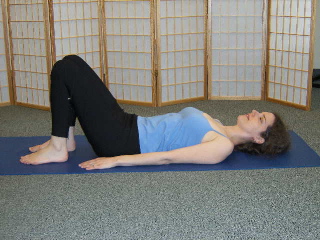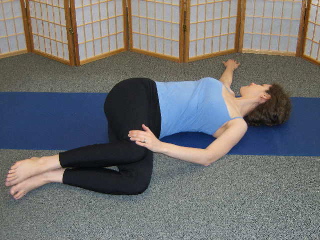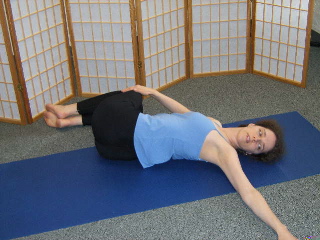Back pain can be a frustrating condition to fight off as it seems to keep coming back without any warning. You may have been careful with posture, didn't do any heavy lifting or strenuous activity, however you wake up with a bit of a niggle that worsens on specific movements or particular activities.
There are many causes of back pain. The spine consists of nerves, discs, joints, muscles, tendons and ligaments which can all produce pain. Without going into too much detail on the topic and theories of pain, back pain can be thought to be a result of a chemical or mechanical cause. Chemical pain could be a result of inflammation which irritates nerve endings and causes pain. Mechanical pain could be due to joints that are stiff or hypermobile, muscles that are strained or overactive (spasm), bulging disc with possible nerve impingement (which can also cause radiating pain down extremities), overused tendons/ligaments, etc.
Posture and Exercise
For people with back pain, good posture and regular exercise are extremely important. Taking care of posture during everyday activities (including sitting, sleeping, lifting etc) and performing regular exercises are important to ensure a strong and healthy spine.
Exercises
Here are some simple mobility exercises to keep your back mobile. As with all of these exercises, there should be NO pain whilst performing the movements, only a gentle comfortable stretch. If you feel pain or worsening of your symptoms at any stage, stop the exercise.
1. Cat Stretch
- Begin on all fours, hands directly under your shoulders and knees directly under your hips.
- Inhale as you drop tummy towards the floor and keep eyes looking forward
- Exhale as you bring your tummy back up, rounding your back as you tuck your chin in and tuck your tailbone in
- Move slowly back and forth between these two positions. Hold at each position for 3-5s.
- Repeat 5x
- To progress this exercise and stretch even further, you can reach your arms all the way out and bring your bottom towards your heels.
2. Spinal Twist Stretch
- Lie on your back with knees bent and feet on the floor

- Keeping your knees together, let your knees fall to the left slowly. To avoid overstretching, only let your knees fall to a comfortable position, regardless of whether they touch the floor or not. Take a couple of breaths to allow your muscles to lengthen.

- Now return to neutral, with your knees bent and your feet on the floor.

- Now let your knees fall to the right slowly. Take a few deep breaths.

- Now return to neutral again, with your knees bent and your feet on the floor.

- Repeat this side to side stretch 5x. Holding for 3-5s at each side.
3. Flexion (Knee to Chest) Stretch
This is a great exercise for those who feel their back pain worsen when extending backwards. (NB. Do not perform this exercise if bending forwards is an aggravating movement for you).
- Lie on your back, knees bent and feet on floor
- Keep knees together, slowly bring them up towards your chest. Support with hands and inhale/exhale slowly. Hold this position for 5s before returning to starting position.
- Repeat this exercise 5x --> 10x.
4. McKenzie Extension Exercise
This is a great exercise for those who feel their back pain worsen when bending forwards. (NB. Do not perform this exercise if extending backwards is an aggravating movement for you).
- Lie on your tummy
- Do a mini-push up (lifting chest only) with both hands while keeping hip/pelvis flat in contact with the floor
- Push up until your elbows are fully extended (or as far as comfortable). It should feel like a comfortable stretch in this extended position, stop if you are experiencing any pain
- Start with 5 reps, holding for 5s each. If no worsening of symptoms, then increase to 10 reps.
- Do 10 repetitions while holding each one for 5 seconds at a time
In my next post (Back Pain: Part II), I will write about some important strengthening exercises for the back and abdominals.
If you would like to be referred to a specialist physiotherapist for full assessment and treatment of your back condition, click here.






No comments:
Post a Comment